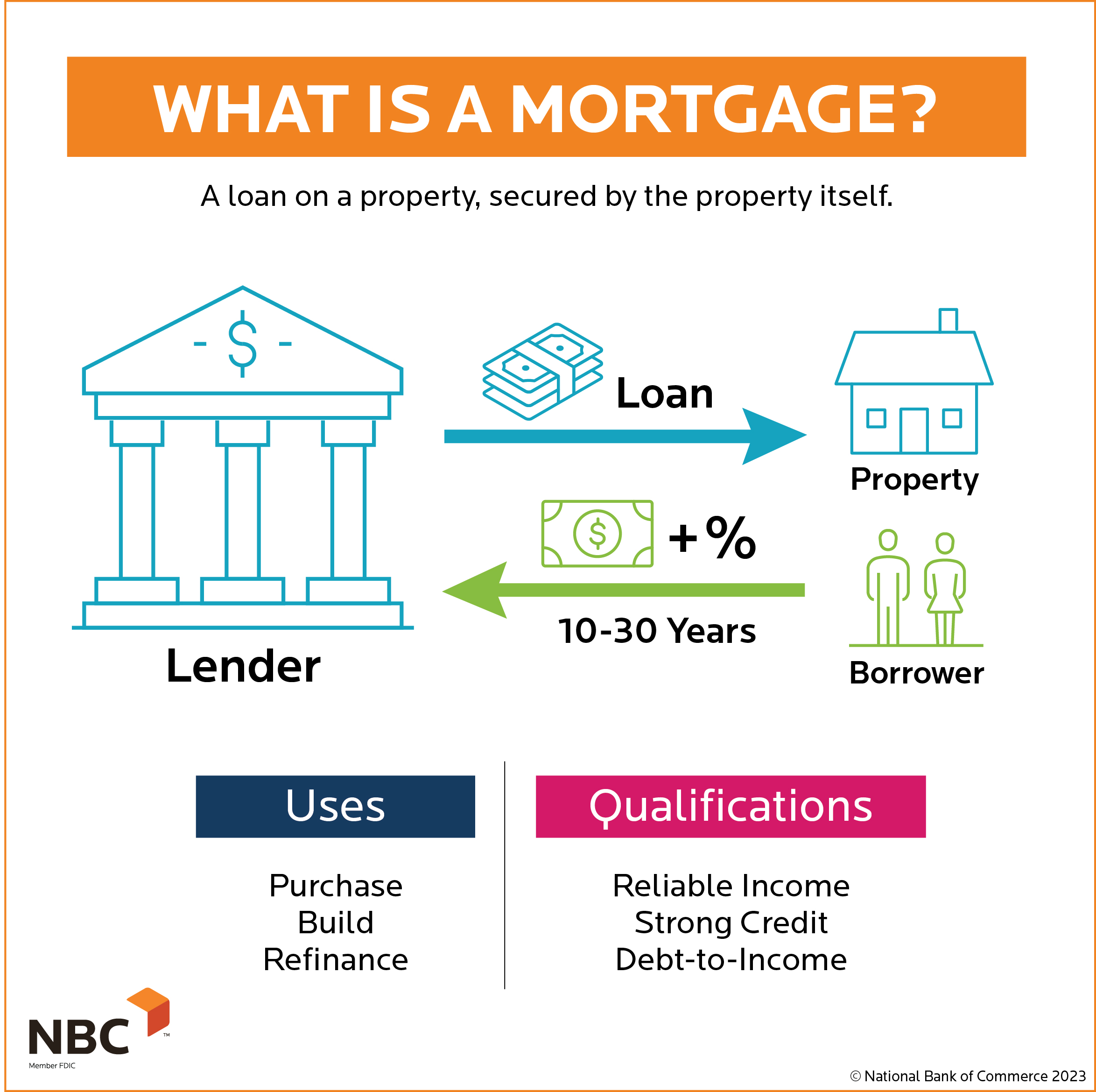A Total Overview of Conventional Mortgage Loans for First-Time Customers
A Total Overview of Conventional Mortgage Loans for First-Time Customers
Blog Article
The Crucial Variables to Consider When Choosing Between Fixed-Rate and Adjustable-Rate Home Loan Fundings
When examining mortgage options, debtors face an essential decision in between adjustable-rate and fixed-rate finances, each presenting potential challenges and unique benefits. Trick considerations such as interest rate stability, predictability in month-to-month repayments, and the effects of possible price adjustments can substantially impact long-lasting monetary health.
Passion Rate Stability
When selecting a home mortgage, understanding rates of interest stability is crucial for educated decision-making. Rates of interest can substantially impact the general expense of a mortgage, and identifying the nature of these rates is essential for debtors. Fixed-rate home loans provide the advantage of constant regular monthly settlements over the life of the finance, securing borrowers from market variations. This security allows house owners to plan their finances with higher certainty, as they will not be influenced by climbing rate of interest.
On the other hand, variable-rate mortgages (ARMs) begin with lower preliminary rates that might alter periodically based upon market problems. While this can cause reduced settlements initially, it likewise introduces uncertainty, as customers might face enhanced settlements if rates of interest rise. For those considering an ARM, it is important to evaluate the chance of price changes, the potential for repayment increases, and the length of the first fixed-rate duration.
Inevitably, the selection in between fixed-rate and adjustable-rate mortgages pivots on specific danger tolerance and economic situations. Recognizing passion rate stability aids borrowers make informed choices that align with their long-term monetary goals.
Regular Monthly Repayment Predictability
While customers typically prioritize rate of interest security, the predictability of month-to-month settlements is just as important in the home loan option procedure (Conventional mortgage loans). Monthly repayment predictability plays an essential role in budgeting and monetary preparation, as it straight influences a house owner's cash circulation and overall monetary health and wellness
Fixed-rate home loans provide a regular month-to-month repayment throughout the life of the loan, permitting consumers to prepare for and plan their expenditures successfully. This stability can be specifically useful for novice buyers or those on a fixed revenue, as it gets rid of the uncertainty linked with varying payments.
Alternatively, variable-rate mortgages (ARMs) commonly feature lower initial repayments that can transform with time, causing prospective variability in month-to-month commitments. While initially enticing, this changability can complicate economic preparation, particularly if borrowers do not make up future rate modifications.
Prospective Price Changes
In the realm of variable-rate mortgages (ARMs), potential price changes stand for a substantial factor that consumers must carefully consider. Unlike fixed-rate mortgages, where the interest price continues to be the same for the life of the car loan, ARMs are defined by fluctuating rate of interest that are tied to market indices. This irregularity can bring about significant modifications in month-to-month settlements, affecting the debtor's financial preparation and budgeting.
Usually, ARMs have a preliminary fixed-rate period during which the rates of that site interest is secure. After this period, however, the price adjusts at predetermined intervals-- typically every year. Borrowers should be aware of the margin and index used to calculate these modifications, as they directly influence future interest prices. In addition, ARMs often consist of caps that limit just how much the rates of interest can increase at each adjustment and over the life of the financing, which can offer some level of protection against extreme rate hikes.
Recognizing these potential adjustments is important for debtors, as they directly impact long-lasting payment responsibilities. For that reason, evaluating individual monetary circumstances and take the chance of resistance is important when deciding whether an ARM straightens with one's monetary goals.
Financing Term Factors To Consider
Car loan term factors to consider play a critical duty in the decision-making procedure for debtors picking in between adjustable-rate and fixed-rate home mortgages. The size of the financing term dramatically impacts month-to-month repayments, rate of interest, and general economic preparation. Fixed-rate mortgages commonly provide regards to 15 to 30 years, providing security in month-to-month repayments and predictability in budgeting. This can be especially appealing for debtors who plan to remain in the same home long-term and prefer the assurance of set payments throughout the life of the finance.

Inevitably, consumers need to evaluate their personal conditions, economic goals, and market problems when weighing the implications of financing term selections within each home mortgage kind.

Overall Cost of Borrowing
The total expense of borrowing is an essential variable that can substantially affect a consumer's choice in between fixed-rate and adjustable-rate mortgages. Fixed-rate mortgages use Conventional mortgage loans foreseeable monthly repayments, as the rates of interest stays continuous throughout the financing term. This predictability can lead to reduced overall expenses, particularly in a steady or decreasing rate of interest atmosphere. Customers can budget successfully, understanding their payments will certainly not vary.
Alternatively, variable-rate mortgages (ARMs) generally start with lower initial prices, leading to decreased in advance expenses. However, these rates can raise after a first period, bring about possibly higher long-term prices. Consumers must take into consideration dig this the regularity and extent of rate adjustments, along with the general finance period, to precisely analyze the financial ramifications.
In addition, the total expense of borrowing encompasses not only rate of interest prices but also costs and other associated costs, such as closing costs and insurance policy (Conventional mortgage loans). When evaluating home loan choices, borrowers need to carry out a comprehensive price analysis over the life of the lending. By doing so, they can make an enlightened decision that straightens with their monetary objectives and risk resistance
Conclusion
Interest rate security and month-to-month settlement predictability are critical for effective budgeting, while the capacity for rate adjustments in ARMs presents economic unpredictability. In addition, the anticipated duration of homeownership and the overall cost of borrowing, including rate of interest prices and connected costs, have to straighten with specific financial circumstances and run the risk of tolerance.
Secret considerations such as passion price security, predictability in regular monthly settlements, and the effects of possible rate adjustments can substantially influence long-lasting monetary health and wellness. Rate of interest rates can substantially affect the overall cost of a home mortgage, and acknowledging the nature of these rates is vital for debtors. Unlike fixed-rate home loans, where the interest rate remains unchanged for the life of the car loan, ARMs are characterized by fluctuating passion prices that are linked to market indices. Furthermore, ARMs typically include caps that restrict exactly how much the interest price can enhance at each change and over the life of the financing, which can supply some degree of security versus drastic rate walks.
Rate of interest rate stability and monthly settlement predictability are vital for reliable budgeting, while the capacity for price modifications in ARMs presents economic unpredictability.
Report this page